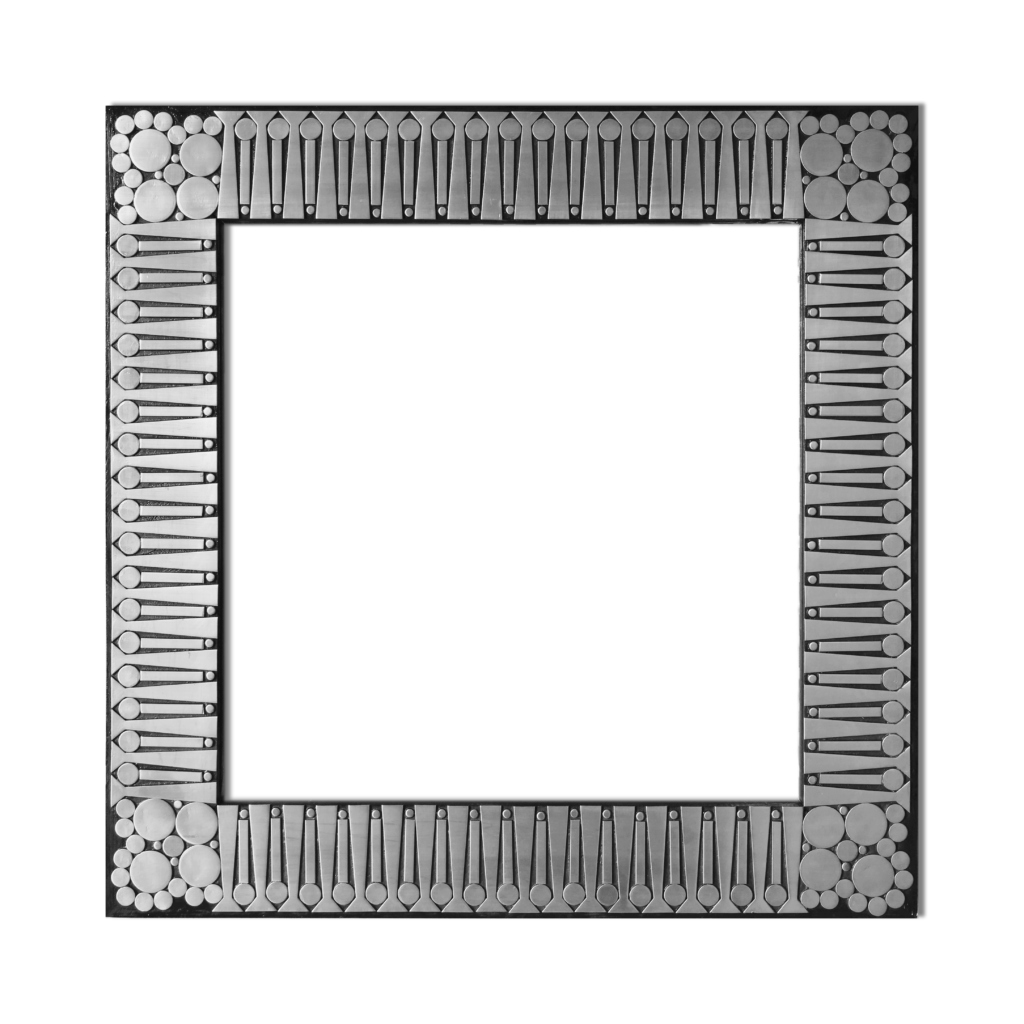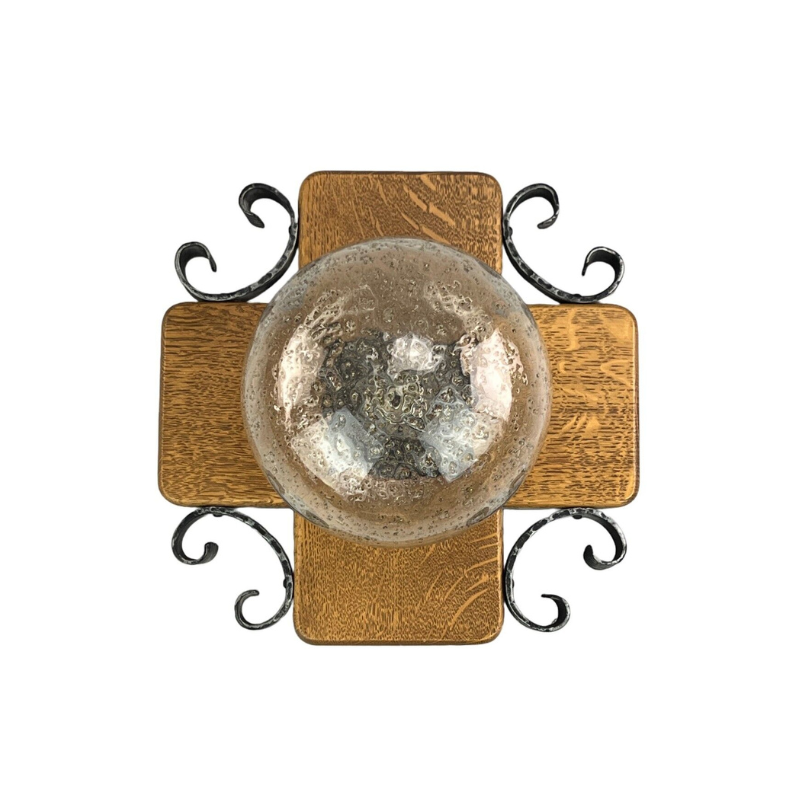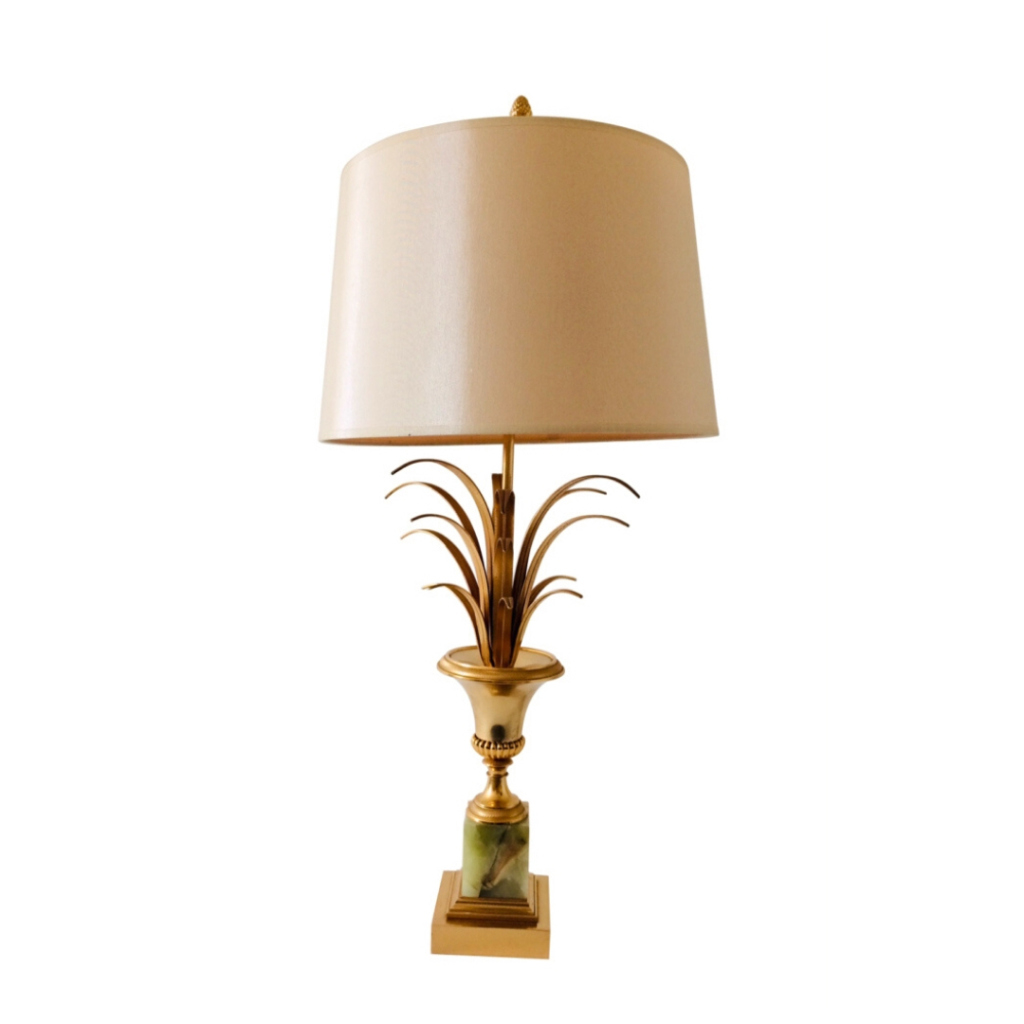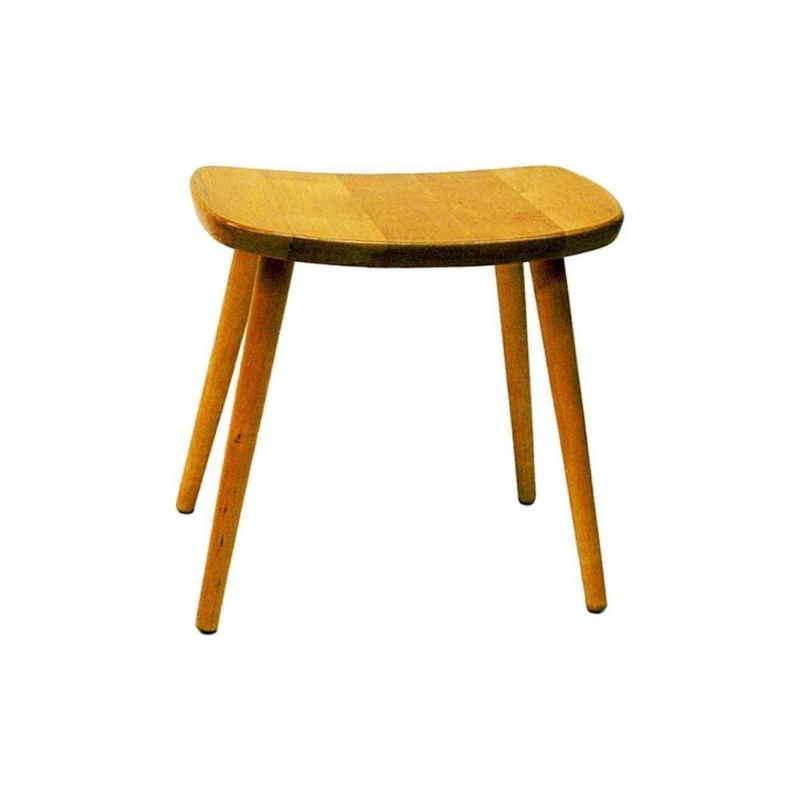@herringbone and any others planning on attending 3 Days of Design next month, House of Finn Juhl just came out with their schedule: HoFJ Schedule for 3 Days
The Chieftain (and watercolor) talk will be from 9-10am on Thu, Jun 13th, and events on other days look interesting as well. Since their flagship showroom has limited capacity, they are requesting RSVP for the talk, although I doubt there will be any security at the door 🙂 - We'll plan on hanging around for a while afterwards for anyone who wants to chat.
We'll also plan on attending the cocktail happy hour that afternoon as well. The one they hosted in Milan was a very fun time.
Yes, we received their schedule today and already marked the date in our calendar. Will see you then. And we will definitely also be around for some of HFJ‘s other events.
"People buy a chair, and they don't really care who designed it." (Arne Jacobsen)
Do you think there will be a chance to get a ticket somehow a few days before at the box office?
I don't think there are any actual tickets to the talk. House of Finn Juhl's flagship showroom is a great old building near Nyhavn. They will set up the showroom for the talk, but space is limited as it is not an auditorium. So I think the RSVP is more to just get a handle on numbers. I don't think they will be restricting entry. . . although I wouldn't mind telling people that the talk was so popular they were turning people away at the door 🙂
Here is an interesting video, made by the publisher, of the offset printing/production process for Lost Danish Treasure.
If I could add another dimension to my alternative reality universe, I wouldn't miss it.
Best of luck with both book and presentation!
Hi ! Could you give me your advice: is it worth buying new Juhl furniture from House of Juhl ? Are the pieces well crafted, do they have the same quality of the good old stuff ? Is there anything one should consider ? I am not sure about liking walnut for Juhl pieces, but that’s it. Many thanks for your advice !
This is a difficult question and the answer depends entirely on what you expect from a piece of furniture. A Juhl/Vodder piece is the perfect combination of superior design and superior craftsmanship, which can no longer be found today. In House of Finn Juhl productions, the Juhl design is of course still the same - apart from the fact that some pieces such as the France Chair have been modified. The chair was originally designed as a knock down, but this is no longer the case with House of Finn Juhl.
The manual labour that went into a Vodder piece is of course only partially available today. Vodder only produced 12 pieces of the Bone Chair and a maximum of four of the Pelican, both in the early 1940s when there were hardly any machines in a Copenhagen joinery workshop. You can therefore assume that each of these pieces was made by hand with incredible skill - something that hardly any carpenter can do today. (Okay, that's especially true for the Bone Chair). But that's also why you pay huge sums of money for originals. Today, the same designs are produced differently because the work can now be done more precisely and, in some cases, more stably using technological aids.
Basically, it can be said that House of Finn Juhl is the only licensed manufacturer of Finn Juhl furniture. The company still works with a strong focus on craftsmanship. The furniture is exclusively made in Japan (the most difficult pieces) and in Denmark, something that only a few Danish companies still do. In my opinion, the quality is as good as you can expect from Finn Juhl furniture. The upholstery in particular is of high quality: Pelican, Poet or Baker are all sewn by hand and only produced to order with the upholstery fabric you want. As standard, House of Finn Juhl works with Kjaellerup, the only remaining weaving mill in Denmark that also produces the legendary Hanne Vedel fabrics.
However, organic upholstered furniture such as the Pelican no longer has a wooden frame, the interior is made of metal and the upholstery is made of foam, not of horse hair as it used to be. So there is sometimes a different technology behind the production. However, this does not mean that House of Finn Juhl is an industrial production. Fritz Hansen, for example - who has always been an industrial maker - produces huge quantities of Jacobsen chairs that are upholstered in Eastern Europe. Audo, who own by Lassen among other brands, have also outsourced their upholstery work to Poland and reduced quality in order to cut costs. The same applies to many Danish design companies, (Louis Poulsen, Carl Hansen ...) which are gradually abandoning their customary quality. House of Finn Juhl, on the other hand, I would still describe as a manufactory and I would put it on a par with PP-Mobler. The latter make Wegner chairs differently today than Johannes Hansen used to, but they still do it with the highest economically justifiable quality.
As far as the types of wood are concerned, what kind of wood would you like? The teak wood that was imported in gigantic quantities from Burma in the 1950s is no longer available. With the military government in Myanmar, it is also almost impossible to be sure whether the wood you get comes from sustainable production or whether the jungle is simply being cleared. This is why teak from this region is no longer available - and teak from other regions is often not comparable in terms of quality and is more suitable for garden furniture.
Walnut also has a different status in Europe than in America. In the USA, I think walnut often has a bad image because an incredible amount of walnut furniture was produced in the 1960s, often in poor quality. Walnut does not have this stigma in Europe. It is seen as a high-quality alternative to teak.
Oak is also an option, the wood is high quality but open-pored and rather coarse, which is why it sometimes doesn't go so well with the elegant designs. Every now and then there are also editions in smoked oak, which always looks a little cool in my eyes, or wenge, which has a very dark appearance.
In short: House of Finn Juhl is a modernised production of Finn Juhl designs, but in my opinion it meets the standards that Finn Juhl himself had for the production of his furniture. But you have to decide for yourself if you like it enough.
"People buy a chair, and they don't really care who designed it." (Arne Jacobsen)
Thanks a lot for taking the time to answer, Herringbone, I appreciate.
PP Mobler is outstanding- you saw the anniversary "The chair" ?
House of Juhl could start to look around for old furniture made of massive teak or palisander, and to convert this wood into new furniture. Easy to say, of course. Best regards
@andersen Yes, I‘ve seen the anniversary Chair. It’s made from a stock of decades old teak wood they still had. Very nice but also limited. There are only 50 available, I think. At 3daysofdesign they presented it and also showed how to craft and weave the chair. You could talk to the craftsmen and also to Kasper, the grandson of PP founder Ejnar Pedersen. Very cool.
"People buy a chair, and they don't really care who designed it." (Arne Jacobsen)
Nice response by Herringbone. I can add a little more.
PP Mobler - although we were unable to visit the new showroom near the old Carlsberg brewery this past trip, we did visit it, as well as their HQ and workshop in Allerød, last summer. We were given an excellent detailed tour of their entire production facility, which is the same location where they opened shop in the 50’s. The operation was a wonderful example of how a cabinetmaker workshop has integrated modern technologies to improve traditional hand craftsmanship. The joints are still mortise-and-tenon, but initially cut via CNC machinery. Joint fine tuning with chisels and planes are still done by hand like the old days. Glueing and final forming and sanding also rely heavily on handwork done by journeymen and cabinetmakers. The Carl Hansen factory process is also impressive, but does not incorporate as many hand-worked processes during the production of each chair. I would say that situation is very similar to the 50’s and 60’s with Carl Hansen being a high-end factory making quality higher-volume furniture, and PP replacing Johannes Hansen as the more cabinetmaker quality lower-volume production.
House of Finn Juhl - as opposed to PP, HoFJ / Onecollection did not start out as a production workshop. Instead they approached the licensing reissue of Finn Juhl pieces more from the branding and marketing perspective. For most of their existence, the more complicated wood framed designs were indeed fabricated in Japan by Asahi Sofu, as Herringbone noted, before shipping to Denmark for upholstering. Asahi Sofu is similar to PP, in that they combine CNC cutting of parts with skilled shaping/assembly/finishing afterwards in a process that could meet higher volume demands. However, a few years ago, HoFJ bought Schou Andersen in Vejen, with the intent of creating the more complex frames in Denmark for the first time. The “test” chair was the reissue of the Fireplace Chair. They were pleased with the quality, so decided that the 75th anniversary Chieftain frame would be made there as well, making it their first all-Danish Chieftain. Moving forward, more designs will be made in Vejen, while Asahi Sofu will still maintain some production for the Asian market. I have not yet visited the Vejen workshop, so cannot comment on their production process. I hope to visit on a future trip.
Here are some photos from PP last year: old school copy lathe still used for the Valet Chair, with multiple CNC machines now cutting most frame members. Journeymen and cabinetmakers still do joint refinery and final shaping/finishing by hand. As PP rightly noted during the visit, CNC cutting of joints followed by hand refinement before glueing does result in a more consistent and tighter fitting joint than one that is done all by hand. So I agree with their claim that a PP joint is more solid than a JH made one (60-70 yrs of wear-and-tear notwithstanding). So @Andersen, to tangentially respond to your initial question, I think a PP-made chair is of slightly better quality than an original JH-made chair. But the collectability, desirability, and patina of an old JH chair is still wins out in the end for many.






Similar to both cabinetmaker workshops and factories back in the 50’s and 60’s, frame parts are made in mass, and stored in various states. Legs are mostly stored as single piece turned members, while the Round Chair and Swivel Chair horseshoe arm/backrests are mostly formed before going in the vault. Final assembly is done to order, often with a minimum order number needed to do a group all at one time. It was fun to visit the vault and see so many pieces waiting for an order to come in (e.g. wenge backrests for Swivel Chair). It was almost like a reverse wine cellar.
@cdsilva it’s an unrelated question, but would you know what chair Finn Juhl had in mind for the NV40 desk ? Thanks
If you need any help, please contact us at – info@designaddict.com









